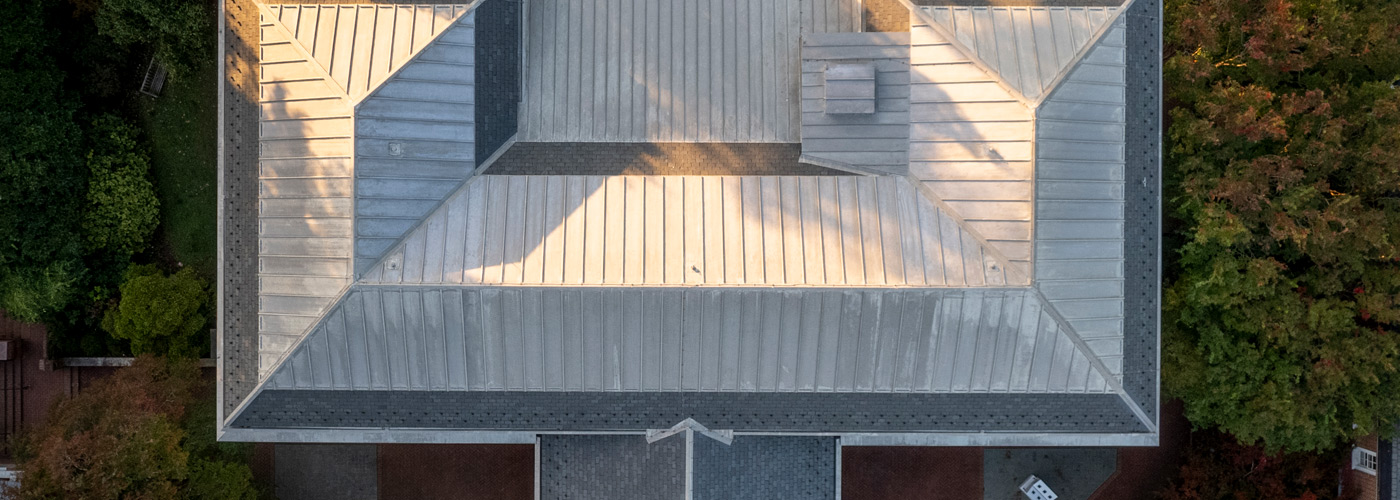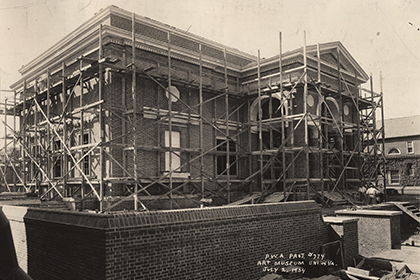

The permanent collection of the Fralin Museum of Art at the University of Virginia consists of nearly 14,000 objects. In order to house these delicate pieces of history, the Bayly Building (home to the museum) must meet rigorous temperature and humidity control requirements.
Facilities Management teams completed a project in the fall of 2021 to provide better climate control within the museum. The project – managed by Capital Construction & Renovations staff members Mary Beth Greer, Mark Kutney and James Zehmer – included an air handling unit replacement, installation of a centralized steam humidification system, a roof replacement and installation of interior storm windows.
The HVAC portion of the project was designed by 2RW and installed by Old Dominion Mechanical under the supervision of construction manager SRC. Automation Services' Building Automation System (BAS) team developed and installed a complex controls sequence in order to achieve the museum’s stringent humidity and temperature control requirements.
“The team worked tirelessly in tight tunnels, cramped mechanical rooms, and compact attic spaces to ensure the precise controls required by the project design were implemented,” according to Mechanical Engineering Associate Mary Beth Greer. “Ultimately, the BAS team's tireless work resulted in the successful operation of the building and ensured the Fralin Art Museum can preserve its art collection and maintain its accreditation as an art museum.”

The upgraded controls attempt to minimize fluctuations and maintain a temperature of 68-72 degrees within one degree of accuracy, and 40-60% humidity within 3% accuracy. A redundant boiler feeds the humidification system in the event of a primary boiler failure providing backup coverage at all times.
The roof replacement – which was designed by Baskervill and installed by CHU, Inc. Roofing Company under the supervision of construction manager SRC – included the installation of a slate edge and batten metal roof designed to emulate the original full-slate roof which included skylights in the center portion.
“We also insulated and completely sealed the roof, which was a major component of the holistic approach to the HVAC upgrade,” said Senior Historic Preservation Project Manager James Zehmer. “That effort along with the storm windows allowed us to seal the envelope of the building in order to provide better temperature and humidity control.”
